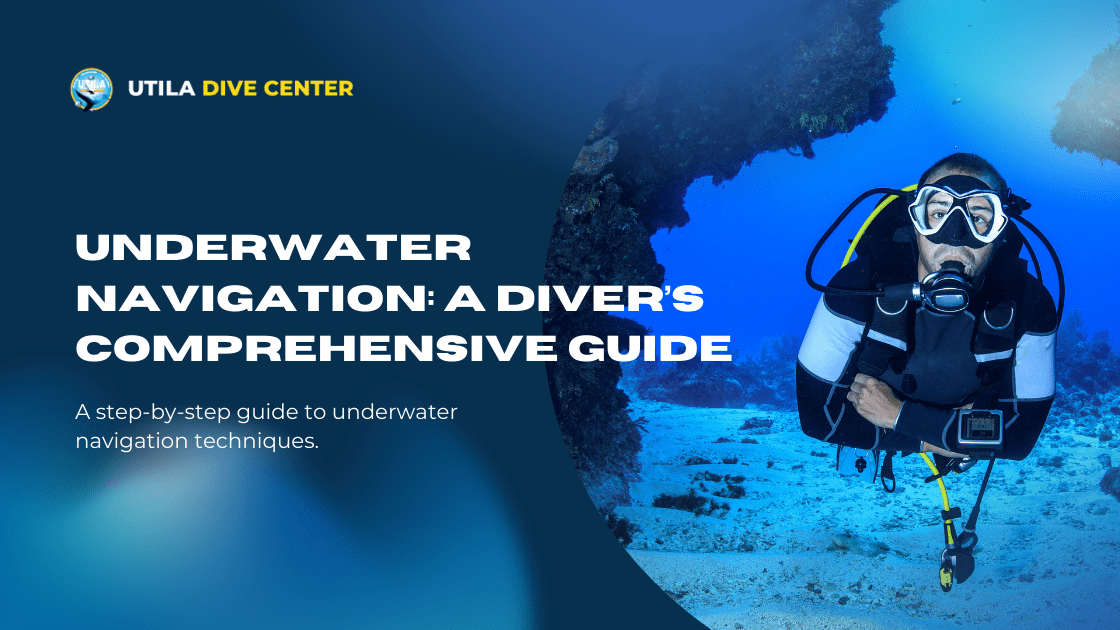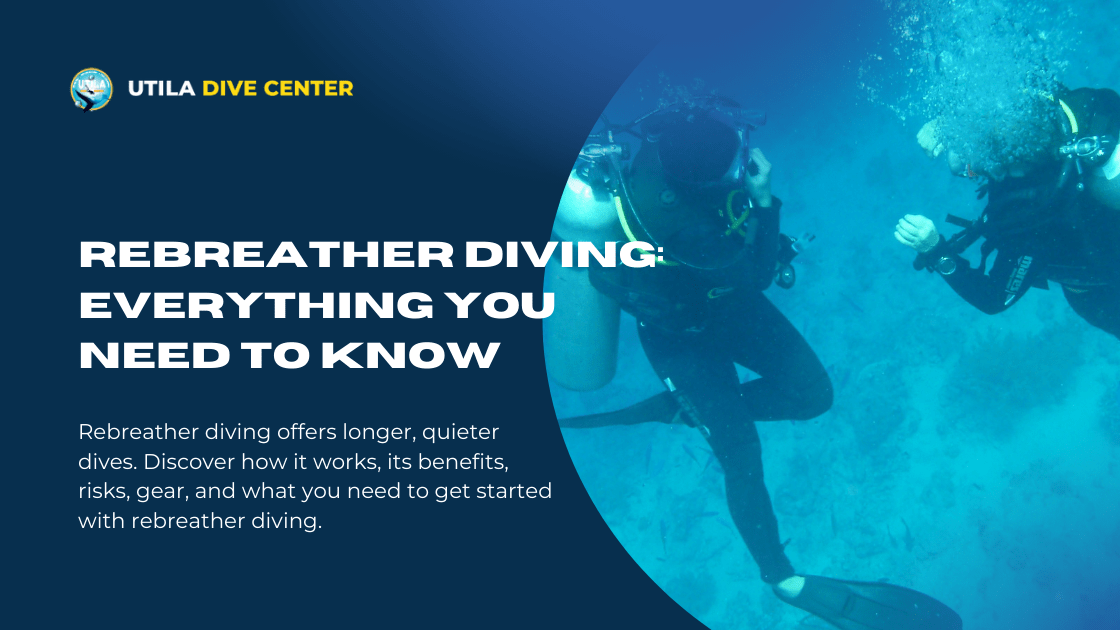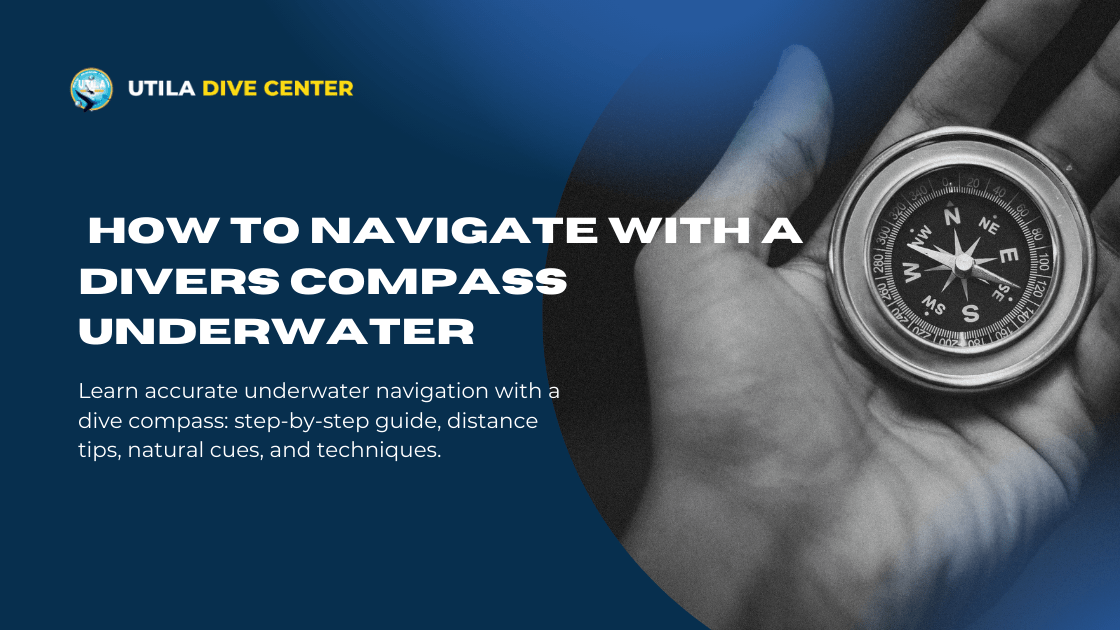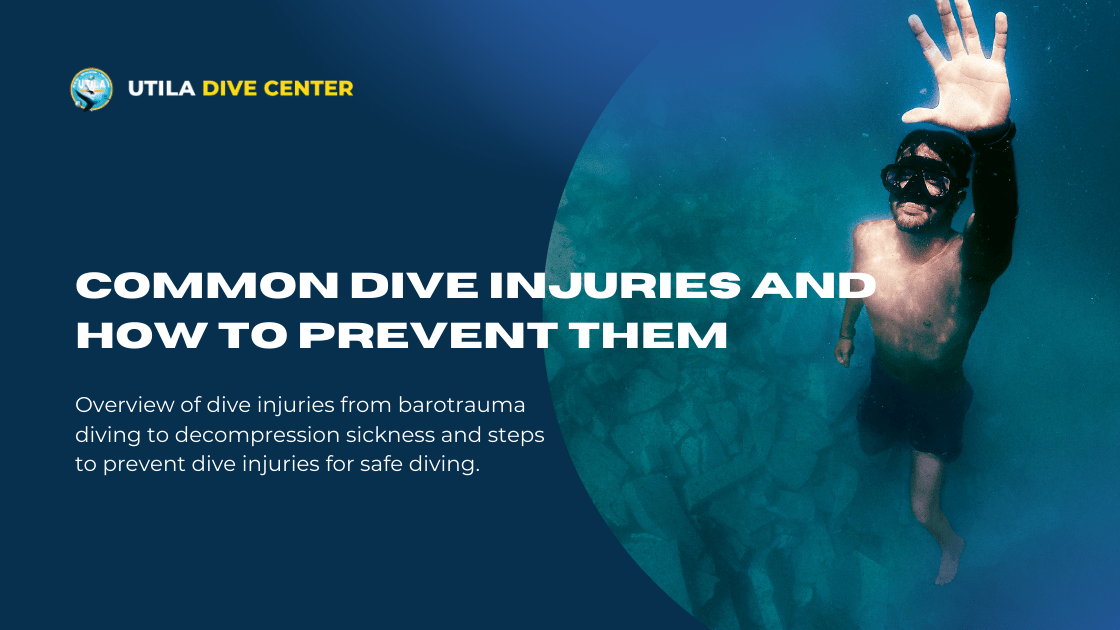
Underwater Navigation: A Diver’s Comprehensive Guide
Underwater Navigation: A Diver’s Comprehensive Guide
By: Manny Lagos | Date: 2025-08-26T09:50:55.409Z
Ever came back up from a dive and realized the boat’s nowhere in sight? Or found yourself scanning the reef, wondering if you’ve already passed that coral bommie…twice? You’re not alone. Even experienced divers lose their way every now and then. That’s exactly why underwater navigation matters. It’s not just about knowing your north from your south, it’s about turning every dive into a safe, fun experience instead of a never-ending guessing game.
It doesn’t matter if you’re just starting out or already moving towards your professional certifications, learning to navigate below the surface changes everything.
Let’s break down how you can start navigating like a pro: no panic ascents, no missed exits, and no aimless swimming.
Key Principles For Better Underwater Navigation
Before we get into the gear and techniques, let’s discuss the things that make diver navigation second nature. These key principles help you stay calm, confident, and totally in control – no matter the situation.
Maintaining direction
You know that moment when everything beneath the surface starts looking the same? Yes, we’ve all been there. That’s why maintaining direction is rule no.1. Set your initial heading with a dive compass, not a natural marker (like a particular coral ridge or sand channel), and keep checking in. Short glances at your compass are better than a single long one after you’ve already lost the way. And remember, staying focused doesn’t mean being rigid. Navigation is a game with your environment. The trick is to stay aware and move naturally with your surroundings.
Consistency, orientation, and rhythm
Think of your fin kicks as your metronome. Keeping your pace steady and your body streamlined does wonders for staying on track. Buoyancy under control? Check. Hands tucked in? Check. The more consistent your rhythm, the easier it is to estimate distance and avoid going off course.
Orientation is also about staying horizontal. Divers who fluctuate too much in position often lose their heading without realizing it. A steady rhythm doesn’t just help with distance, it helps with control, too.
Reading underwater cues: flow, light, sound, and terrain
The ocean speaks, you just have to learn its language. Watch how soft corals sway to point out the current direction. Notice how sunlight hits the reef floor and how it changes.
Even the sound of a distant boat engine can guide you. Keep an eye on slopes, ridges, and valleys, they’re all nature’s trail markers. Flow direction can also help you make your way back to the boat. If you head out against the current, the ride back will be much easier. The key is to always dive smarter, not harder.
Navigation Techniques Every Diver Should Know
No matter how chill or challenging your dive is, there are some tried-and-tested underwater navigation techniques that every diver should know:
Using visual references: ridges, reefs, and patterns
Look around as you descend and lock in some visual cues. Maybe it’s a big barrel sponge, a cluster of sea fans, or a unique rocky ledge. These are your visual breadcrumbs. Follow the reef edge, identify repeating patterns, and always check what things look like from behind, because that’s going to be the view on your return.
It’s also important to understand that natural navigation isn’t about memorising every detail, it’s more about recognising features that stand out and using them as trail signs.
Tracking sunlight direction and surge patterns
Sunlight isn’t just pretty, it’s practical. If you’re diving in daylight, watch the way light filters through the water at the start of your dive. On your way back, it should be coming from the opposite side. Also, surge patterns (the push and pull near shallow reefs) can show you where the shore or open ocean lies.
The deeper you go, the less obvious these cues become, so use them early in the dive when your brain is still adjusting to the environment.
The look-back method
Here’s a classic trick: every so often, stop and turn around. Yes, just look back. The way out never looks the same as the way in, so this habit helps you recognize exit routes from a new perspective. It’s like mentally photographing your trail, underwater edition. Many divers skip this step and end up second-guessing themselves. The look-back method is so simple yet so effective. Make it a habit.
Compass-Based Navigation
Your compass is your underwater bestie. Learn to trust it. Use it to set bearings, navigate square or triangle patterns, and keep your path straight. Dive compass navigation becomes especially useful when visibility drops or terrain gets repetitive. Don’t wait for your instructor to teach you a formal exercise, you can play around with your compass on fun dives. Swim 10 kicks north, turn 90 degrees, and see where you end up.
Time-based estimation with depth awareness
Not every dive site has perfect visibility or easy markers, which is where timing comes in. Count your fin kicks or monitor how long you swim in one direction. If it takes you two minutes to reach that coral bommie, you’ll know when it’s time to turn around. Combine that with your depth readings and you’ve got a solid sense of spatial awareness. This technique is particularly useful during deep or low diving visibility dives when you can’t rely on terrain.
Tools & Techniques That Help You Stay on Track
Even the most experienced divers use certain tools to keep their underwater navigation on point. Here are a few essentials that can change your dive game.
Sketching a basic dive site map
Sketching helps you visualize the dive before you even dip your toes in the water!
You don’t need to be an artist. A quick pre-dive sketch of the site: including your entry, exit, major features, and depth changes, can help prepare the layout in your mind. Think of it as your treasure map (minus the pirates).
This comes in handy if you’re diving without a guide or exploring a new site.
Learning the SCUBA diving hand signals
You can’t shout directions underwater, so scuba diving hand signals are an absolute must. From "Which way are we going?" to "Let’s turn around," they keep you and your buddy in sync. As all divers already know, good communication is the key to smooth navigation. A well-timed "Where are we?" or "Follow me" can save a dive from confusion and keep the team united.
Analog compass or digital compass
Some divers swear by the old-school analog compass. Others love the bells and whistles of digital compasses built into dive computers. Either way, get familiar with yours. Practice setting headings, making 90-degree turns, and swimming a straight line. Pro tip? Use your compass together with visual cues. Don’t rely on just one method.
Dive computers with indicators
Modern dive computers are like mini control systems. Many now include dive compass navigation features, heading memory, and return-to-start indicators. They’re the best choice for SCUBA diving navigation in complex or deep dive sites. Look for models that let you mark waypoints or that buzz when you go off course. These small alerts can make a big difference when things get disorienting.
Guidelines and marker buoys for complex dives
Going for a wreck, cave, or technical dive? Guidelines are your best friend. Spools, reels, and even surface marker buoys help you find your way in and out without relying solely on memory or visuals. But like all other tools, they need proper training to use correctly. What’s more? Marker buoys also help your surface support crew track your location.
So if you’re planning a long dive or drift dive, deploy one as early as possible!
Dry-land compass drills and navigation
You don’t have to be underwater to practice. Set up drills in your backyard or living room using an analog or digital compass. Walk out bearings, turn around, and see if you can get back to your starting point. Dry runs build muscle memory so it feels natural when you hit the water.
Many dive professionals love this land-based practice. It lets you focus without: water resistance, poor visibility, or equipment distractions. Sounds amazing, right?
Final Thoughts
Underwater navigation isn’t just a box to tick off during training. It’s what separates confident divers from confused ones. It keeps your dives fun, focused, and frustration-free.
At Utila Dive Centre, we don’t just teach diver navigation, we teach you how to own all your underwater experiences. From your first breath underwater to getting your PADI Divemaster certification, our training gives you real-world experience using both natural clues and advanced tools.

Rebreather Diving: Everything You Need to Know
Rebreather diving offers longer, quieter dives. Discover how it works, its benefits, risks, gear, and what you need to get started with rebreather diving.
Read more
12 Rules of Scuba Diving All Divers Must Follow
We've curated a list of 12 rules of scuba diving to help you stay safe, protect marine life, and enjoy your underwater adventures with confidence.
Read more
How to Navigate With a Divers Compass Underwater
Learn accurate underwater navigation with a dive compass: step-by-step guide, distance tips, natural cues, and techniques.
Read more
Common Dive Injuries and How to Prevent Them
Overview of dive injuries from barotrauma diving to decompression sickness and steps to prevent dive injuries for safe diving.
Read more